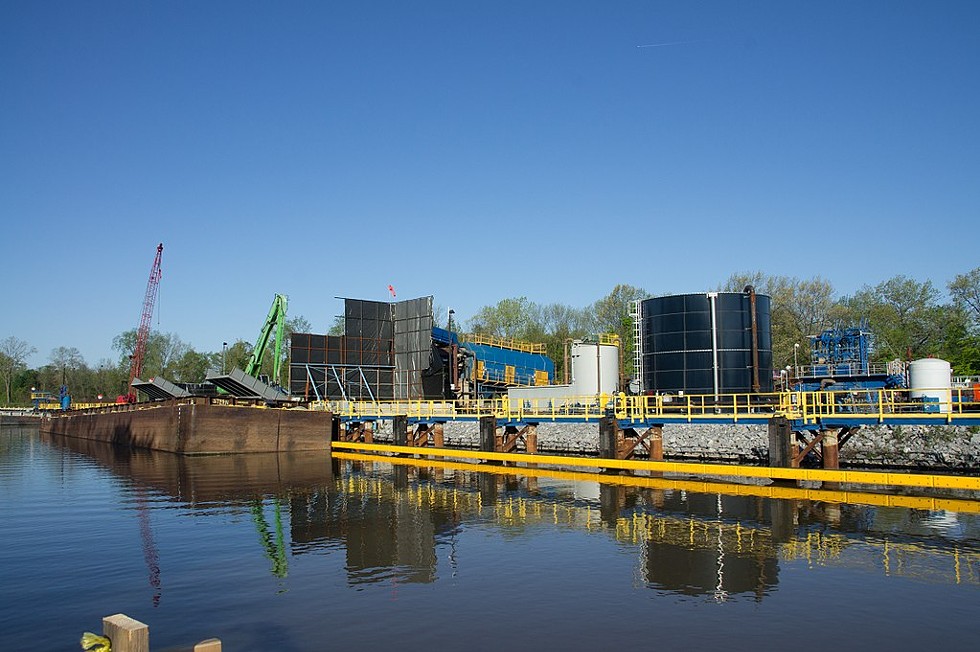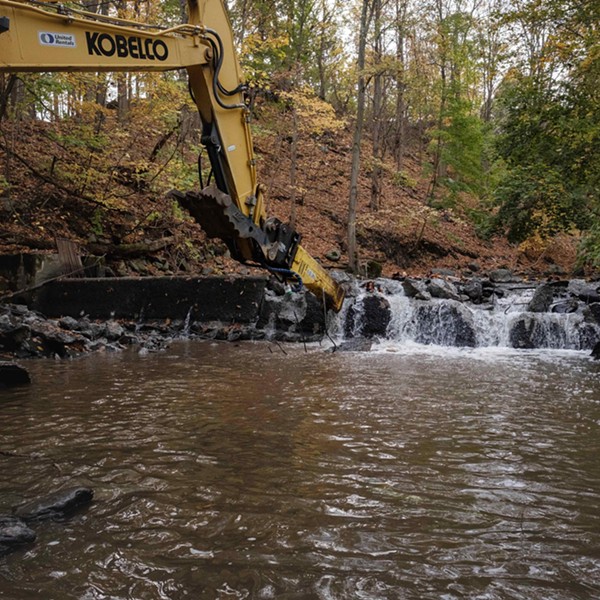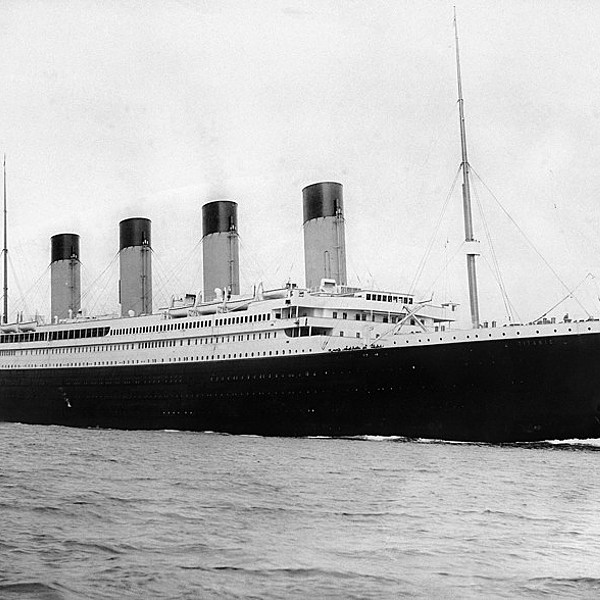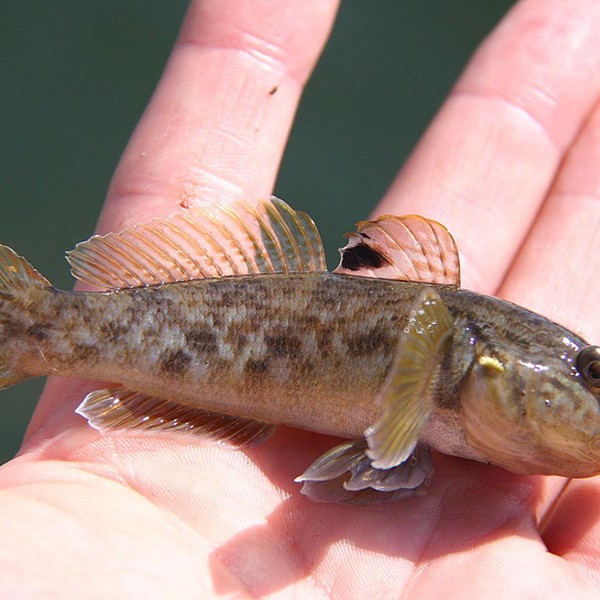The nation’s largest Superfund site runs right down the middle of the Hudson Valley: 200 miles of poisoned riverbed at the bottom of the Hudson River, laden with decades’ worth of PCB-contaminated muck.
Since 2009, General Electric, the company that dumped the toxic PCBs into the river back in the 1930s, has been running one of the most ambitious environmental cleanups ever attempted: dredging the most toxic parts of the river, scooping out thousands of pounds of contaminated soil and shipping it over land to be buried in rural Texas.
Two recent studies, one by consultants for Scenic Hudson and another by the state, took a look at the river after the first two phases of the dredging project, which ran from 2009 to 2014. The results were disappointing: PCB levels in the river are still troublingly high.
The eyes of river-watchers are now on the federal regulators at the EPA: Will they order another round of dredging? New York State environmental officials, disturbed by high levels of PCBs still contaminating the river and its fish, are calling on the feds to order GE to do more cleanup work:
"The health of the Hudson River estuary and the vitality of the communities along its banks are at stake and the EPA must not let GE off the hook for a job that is not yet done," [Gov. Andrew] Cuomo said in releasing the new study results. "The latest sampling data confirms the overwhelming body of evidence that PCB levels remain unacceptably high in both the riverbed and the fish."
Part of the problem, some observers say, is that the contamination of the river was much more widespread than officials initially thought, but the project was never revised to account for new information coming from the field.
Environmentalists like Manna Jo Greene, Ulster County legislator and environmental director for the Hudson River Sloop Clearwater, are pressing for the dredging to continue. The work is far from finished, Greene told North Country Public Radio:
"The results are disappointing, and a more robust clean-up is needed. The EPA must not issue a certificate of completion to General Electric because that would let them off the hook."
The Wrong Approach?
It’s no surprise that with a potential $500 million price tag on the next round of cleanup, General Electric would like to finish the project and move on. But even among those who live on and love the river, there are many who think the dredging should stop—or perhaps that it should never have been started at all.
Many of the riverbank’s residents, who have been living next door to the dredging cranes and barges for years, have been skeptical of the cleanup all along. In news stories about the project, locals often appear as a voice of resigned pessimism; take, for instance, these upper Hudson Valley residents who appeared in a recent radio story about the river cleanup:
"They should have left it alone from the get-go," said Jay Harrington who lives right next to the river. The backyard where his dogs play is bordered by the contaminated riverbank. Asked if he worries about possible health risks, he shrugged and said, "Too late now."
You hear this over and over here, a kind of resignation. GE spread PCBs all over this valley before people realized the industrial chemical causes deformities in fish and other wildlife and carries a risk of cancer for humans. In a coffee shop nearby Art and William Wells were eating lunch.
"How you going to get it all out of the water, I just don’t see how," Art Wells said.
"I’m thinking with him, waste of time," William Wells added.
Some scientists agree that the river should have been left alone. In 2005, Robert Michaels, president of environmental consulting firm RAM TRAC, wrote a letter in the journal Environmental Practice arguing that dredging the river would do more harm than good. Michaels believed that the proposed fix for the river—dredging PCB hotspots, and leaving the rest of the riverbed alone—would leave vast sections of the Hudson still contaminated, and would stir up toxic sediments in the air and water around the dredging. Better to let time and nature take their course, Michaels argued:
Some people see light at the end of the tunnel, when dredging really will reduce PCBs in sediment, biota, water, and air, and really will eradicate PCB-associated human disease. Others see the same light at the end of a different, longer tunnel, when continued natural burial of sediment-borne PCBs by sediment loading from runoff into the river will work toward doing the same job. Continued natural dichlorination of buried PCBs, along with their further degradation by physical, chemical, and biological processes acting beneath the sediments, will finish the job even if we do not dredge.
In 2017, Michaels and co-author Uriel Oko wrote a paper in Environmental Claims Journal stating that the dredging effort had failed, and that extending it would only stir up more PCBs, risking harm to both humans and vulnerable wildlife in and around the river.
Would the river have been better off left alone? Without access to an alternate universe, in which regulators decided on a different path, it’s impossible to say for sure. But with PCB levels in Hudson River fish still testing at three times the cleanup goal target, it’s hard to declare the project a success.
The example of the Hudson is a sobering one for other rivers with similar problems, including the Grasse River in the Adirondacks, where a $243 million dredging project is soon to get underway. Lessons learned at the nation’s largest and most ambitious Superfund site will help shape future cleanup efforts. It’s a sobering thought, but even if the dredging project fails, the still-poisoned Hudson can help serve as a reminder of the value of the most effective cleanup strategy: not dumping toxic waste into rivers in the first place.
See our more recent story on the Hudson River cleanup project.



















